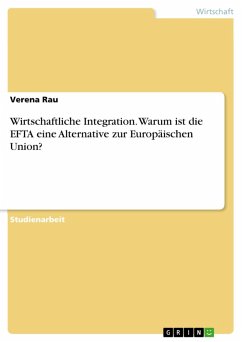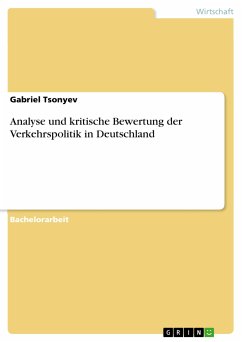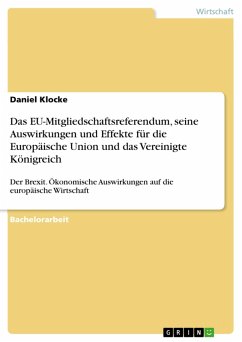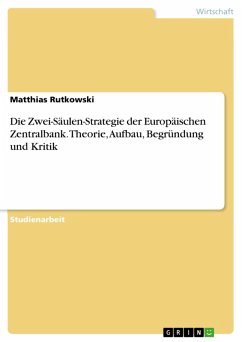Seminar paper from the year 2016 in the subject Economics - Finance, grade: 2,3, University of applied sciences, Cologne, course: Economics, language: English, abstract: The euro is the currency of the European Union. To date, only 19 of the 28 members of the Union have established the common currency. The euro was introduced on January 1st, 1999 as book money and on January 1st, 2002 as hard cash. The founding members of the currency union were Belgium, Germany, Finland, France, Ireland, Italy, Luxembourg, Netherlands, Austria, Portugal and Spain. In the following 16 years, the Union was complemented by Greece, Slovenia, Malta, Cyprus, Slovakia, Estonia, Latvia and Lithuania. Great Britain, Denmark and Sweden refused to introduce the euro in their countries. The remaining members of the union haven't fulfilled the admission criteria yet.1 The launch of the euro was a major achievement in the on-going story of European integration since the end of the Second World War, in order to strengthen cooperation between countries, especially in terms of free trade. It is now the second most important currency in the world after the US dollar. The vision of the euro was to prove a stable and growth-friendly economic environment within the European union. Responsible for ensuring price stability is the independent European Central Bank (ECB) with its monetary policy, including the printing of money for the euro area. The single currency simplified and reduced costs of trade, made prices more transparent and comparable and put an end to the cost and hassle of exchanging currencies for travellers within the 19 euro area countries.
Dieser Download kann aus rechtlichen Gründen nur mit Rechnungsadresse in A, B, BG, CY, CZ, D, DK, EW, E, FIN, F, GR, HR, H, IRL, I, LT, L, LR, M, NL, PL, P, R, S, SLO, SK ausgeliefert werden.









